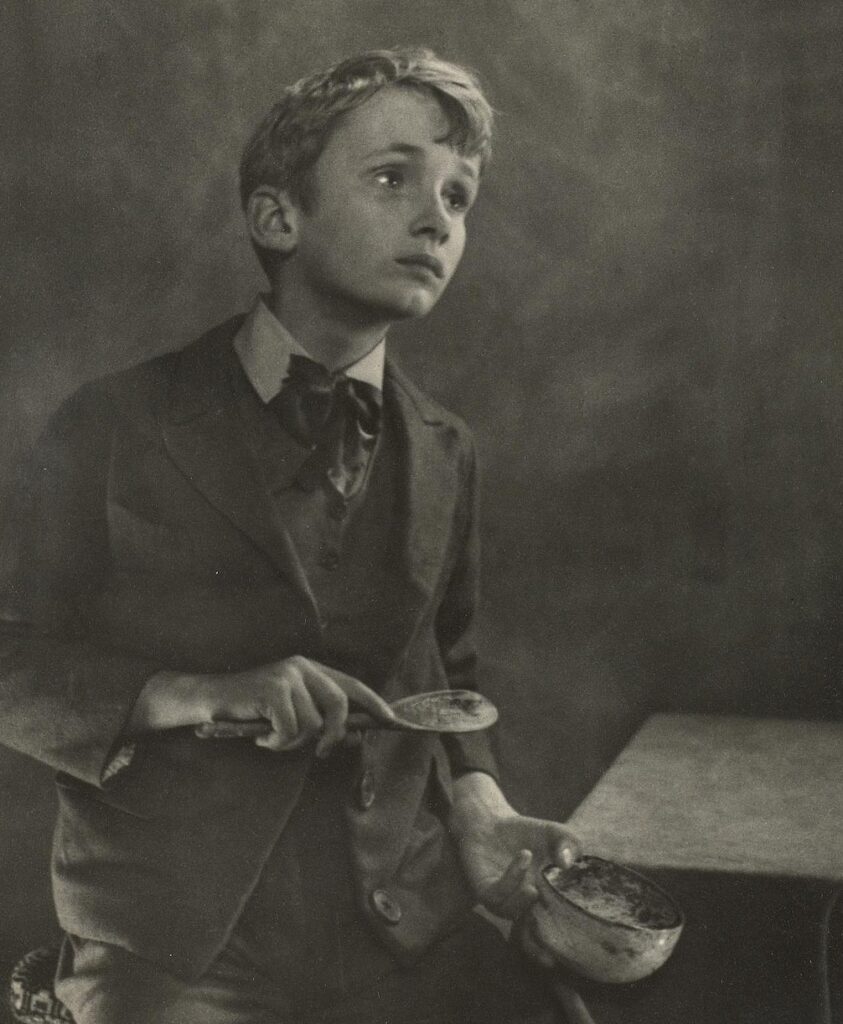 (Click here to read Part 2: A New Paradigm for Care)
(Click here to read Part 2: A New Paradigm for Care)
The age of the orphanage lives on in the popular imagination in works like Oliver Twist and Annie. We envision crowded mess halls and tightly packed beds lining cold, institutional rooms, where lonely children eked out a meager existence and fought their way toward a life beyond deprivation.
While much is sensationalized in these works, the era was real. A confluence of social and economic factors meant that tens of thousands of children were orphaned in New York City alone. (Orphans accounted for five percent of the city’s population in 1850.) Poverty, immigration, industrialization, and epidemics like cholera and the Spanish Flu created a tenuous and fractured existence for many families in the new world. The government made little or no provision for children whose parents were deceased or unable to care for them.
It was in response to this great need that JCCA’s predecessors, and many other child welfare organizations, emerged. Our origins date to 1822, with the founding of Hebrew Benevolent Society, which established New York City’s first Jewish orphanage, the Hebrew Orphan Asylum, in 1860. The continued influx of immigrants necessitated the creation of more facilities: among others the Brooklyn Hebrew Orphan Asylum, the Hebrew National Orphan Home, the Israel Orphan Asylum, and the Home for Hebrew Infants. (These and other organizations caring for Jewish youth were absorbed into the Jewish Child Care Association in the early 1940s.)

The Hebrew Orphan Asylum, a massive facility that took up two city blocks on Amsterdam Avenue.
Waves of young people passed through these facilities, finding the stability and support necessary for healthy development and well-adjusted, productive lives. While the era of large urban orphanages feels harsh and remote now, the leaders of these facilities pursued numerous reforms to make these settings more humane and conducive to happy childhood. Residents played sports, joined clubs, went to school, and formed lifelong friendships. As time went on, many alumni returned to these facilities as staff, sharing a deep bond of mutual understanding with the youth in their care.

The Hebrew Orphan Asylum Military Band in 1906. The band was a result of a musical training program and was very popular.
This spirit of reform had an ironic consequence: the orphanages gradually reformed themselves out of existence. (The phenomenon is memorably captured by the title of The Institution that Emptied Itself, a history of the Brooklyn Hebrew Orphan Asylum.) As research began to suggest that children were equally, or better, served by foster care and small group residences, JCCA founded its Boarding Out Bureau in 1904. But placements in family homes remained challenging, and JCCA leaders began to imagine a new future for their residential work. Click here to read about their visionary idea in Part 2: A New Paradigm for Care.
